Rites of the Four Knives
Where death haunts our steps and nightmares hound our forests, we find ways to strike them where it hurts.The Rites of the Four Knives are a series of four distinct rituals practiced throughout a child's life in Vuorenmaa. They are designed to protect the young against the many unseen horrors that would otherwise await them, and while their efficacy is questionable in the modern day, they were historically some of the only ways to mount defences against supernatural threats.
To name a foe is to draw its attention, so to the children, they do not explain the purpose of each rite. Yet each has its own meaning and its own foe that it shields against.
The four rites are that of Iron, Sol, Tombs, and Slumber, and are so named as knives because they are each arming the child with a new weapon against the threats they may face. It is incredibly rare for a family to only practice one of the rites: usually, all four are performed in a rough sequence as detailed below.
Should a child not be exposed to the Rites by the time they hit adulthood, then they will never be able to avail of their protection to the same degree. Children's bodies and minds are more adaptive to change, and can thus draw meaning from what would otherwise be meaningless.
While the Rite of Slumber, for instance, may not involve true magical powers, it does nonetheless draw on superstition and myth to invoke similar effects.
The Four Knives
Four blades for four ways we keep them safe.The first rite, the Iron Rite, is the earliest due to the nature of its foes. The fey often target children, after all - the younger, the better. To shield them from eternal embraces of laughter and torment, parents are bid to imbue their children with cold iron via the practice of ironlancing, which sheds a few tears to spare a lifetime. It is by far the quickest and simplest, as it should be - babies can't handle much.
The second rite, the Rite of Sol, can only take place upon the summer solstice. It is a more involved ritual, for this is where the child shall be granted their name along with their blessing. Prior to the Rite of Sol, every child is known by a placeholder name - often something distasteful or distracting to indicate that the child is not favoured.
This is because the second rite protects, specifically, against the Abyss's foul demons. As demons delight in tormenting those that are loved, it is generally accepted that a hidden name will shield one from their attention until it is exposed in the light.
The ritual itself involves folk dancing and the invocation of land-based blessings rather than those granted by the gods, for the involvement of the divine might draw the wrong eyes to their group, and ends with a small stick-tattoo in gold marking the child's ankle.
It is not holy - for it should not be.
Bonemeal from the dead is scattered in a circle around the child as chanting calls for spirits to shroud them from the realm of Death, and they are anointed with holy water at the conclusion of a lengthy ritual that sacrifices a number of lifegiving offerings (usually food and water) to Death's cold altar.
Families are also encouraged to anoint their child with other protective substances, such as alium oil and silver essence. Undeath has many counters.
The fourth and final rite is the only rite that does not target a specific kind of creature. Instead, the Rite of Slumber aims to protect minds. Many threats lurk in dreams, be they witch enchantments or dreaming horrors (must we remind of Teeth??).
By laying protections over a child's dreams, it is hoped that no being, be they aberration or humanoid, will be able to lay curses or terrors into the child's mind - especially when they go unprotected in rest.
History
Our rites are writ in blood, son. We have lost too many of our youngest to risk any more.The rites of Vuorenmaa are, by no means, limited to the nation's physical borders - they are only most common there, invented by the many ethnic groups that call the Talmians' shade their home. Indeed, many similarities can be found with the customs and rites found in their neighbouring nations. The formalising of each of the four rites into a practice easily shared with strangers is far more recent a development than the rest. Interestingly, each of the practices does bear resemblance to magical techniques practiced by various holy sects or arcane scholarly groups.
The practice of ironlancing used in the Rite of Iron is both similar to more modern methods of vaccination practiced by alchemists and also draws on ancient methods used by similar groups for mithridatic purposes; it also inherently relies on the weakness of fey (and demons) to cold iron.
The Rite of Sol is again a twofold strength against fey and demons, unbeknownst to most of its practitioners. Fey are utter bastards when they take hold of names, too. The land-blessings drawn upon are similar to those found in druidic rituals, and so may genuinely be real - especially if one considers the potential involvement of avatars and the currents of ley energy present through Vuorenmaa.
Equally, the Rite of Tombs draws upon many common weaknesses of undead, such as holy water and garlic, and follows a standard cleric prayer format in invoking Death's gaze for protection and sanctuary against the undead. The Caretakers have long indicated that they approve of this rite.
Mother dearest, I know you well enough to know that your twisted hand guides this web. Your coven shall not take my child. She wields iron in her veins: all the better to strike them with, to drive their claws away. Your patron shall not touch her, either: the sun burns in her soul, driving off their demonic taint. Your wicked pets, steeped in our curse, shall crumble before they come close. She is Death's daughter, and holy light shrouds her steps. You, too, shall not speak to her. The wicked words you would spread through her mind shall drown in the blood and fire I handed her. You have lost, mother dearest. No more shall you take what is mine.
It's always interesting seeing what rot the humans come up with to cover for their abysmal talents. We prefer relying on actual facts and wards.


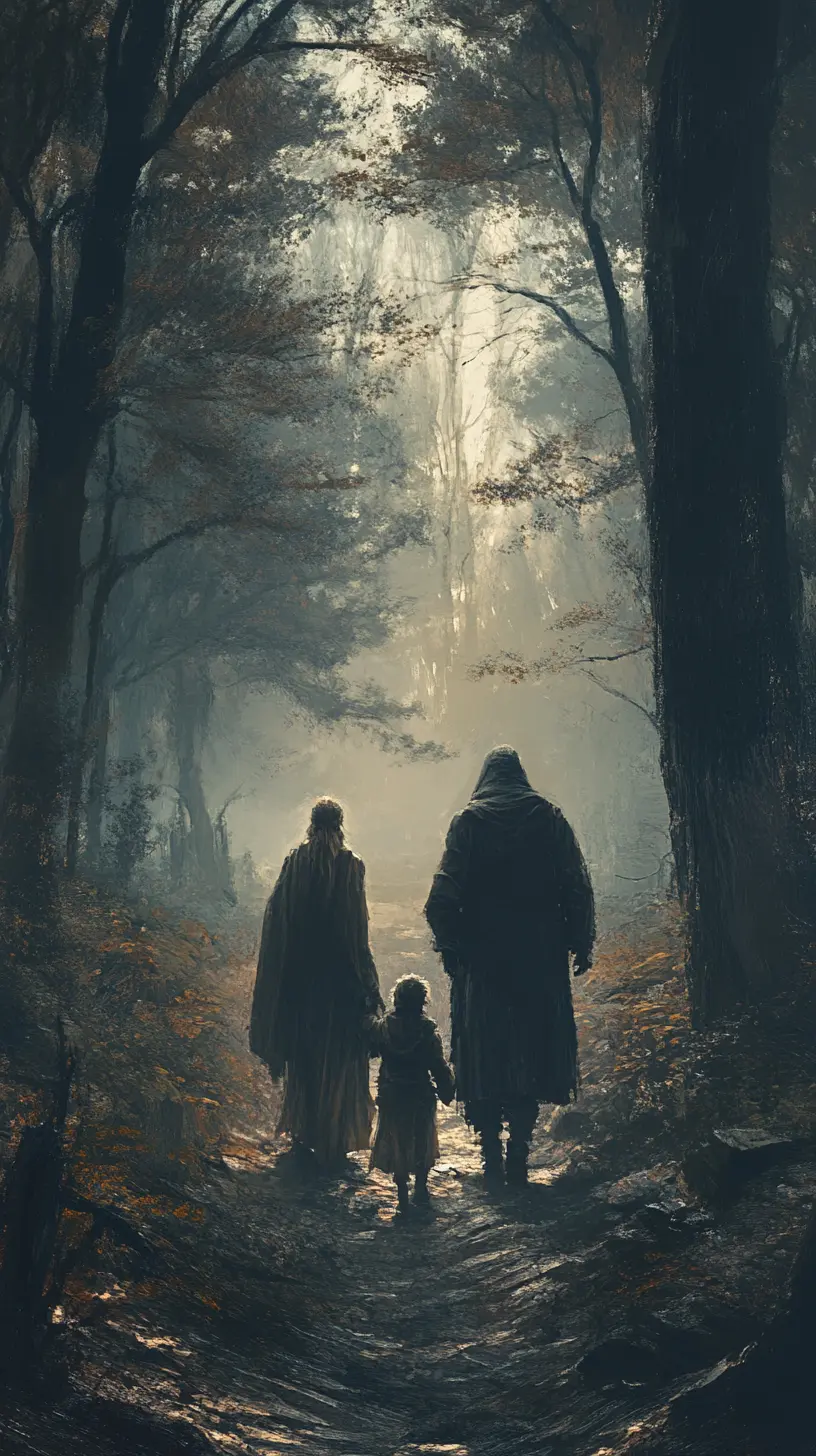

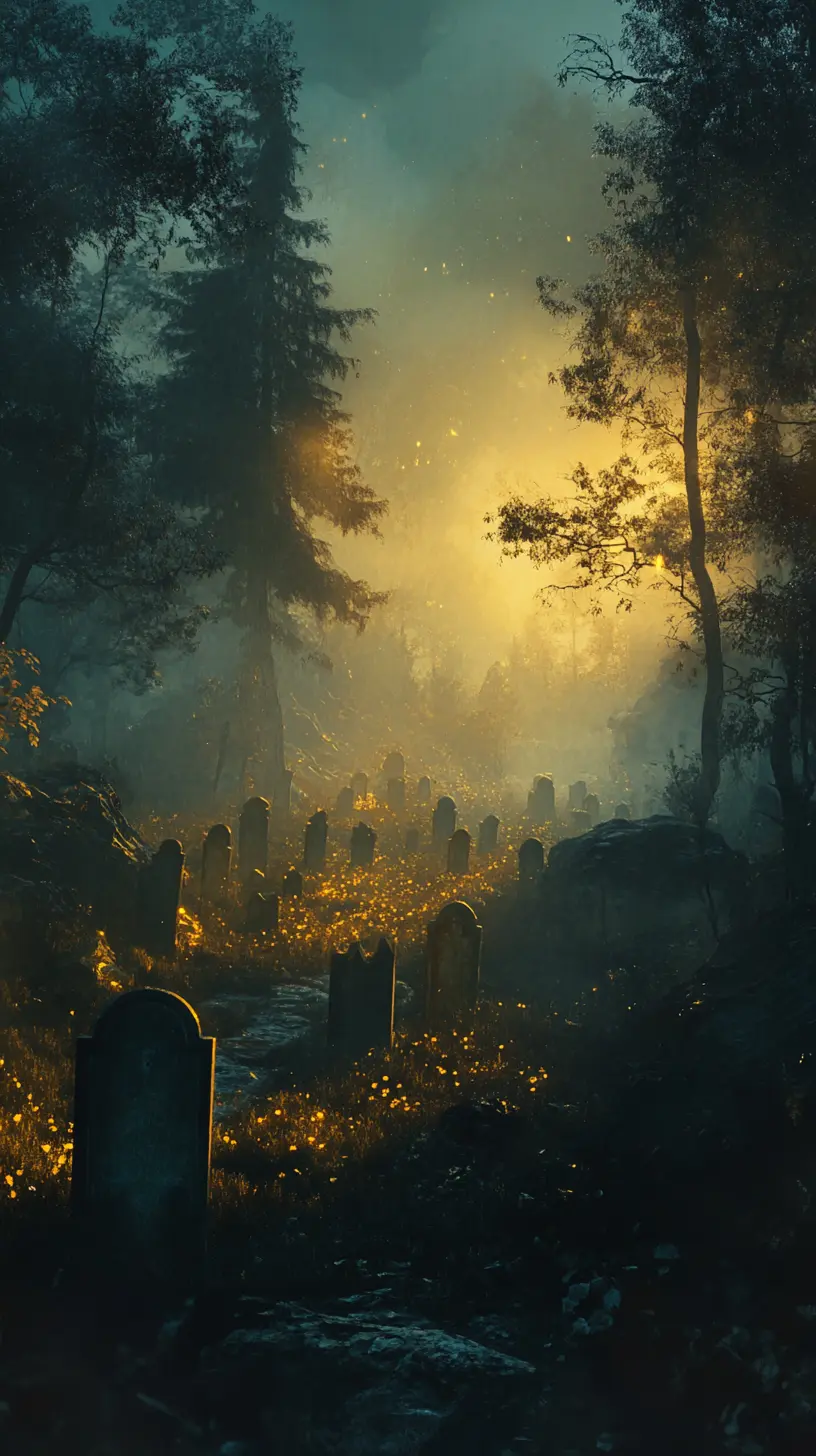
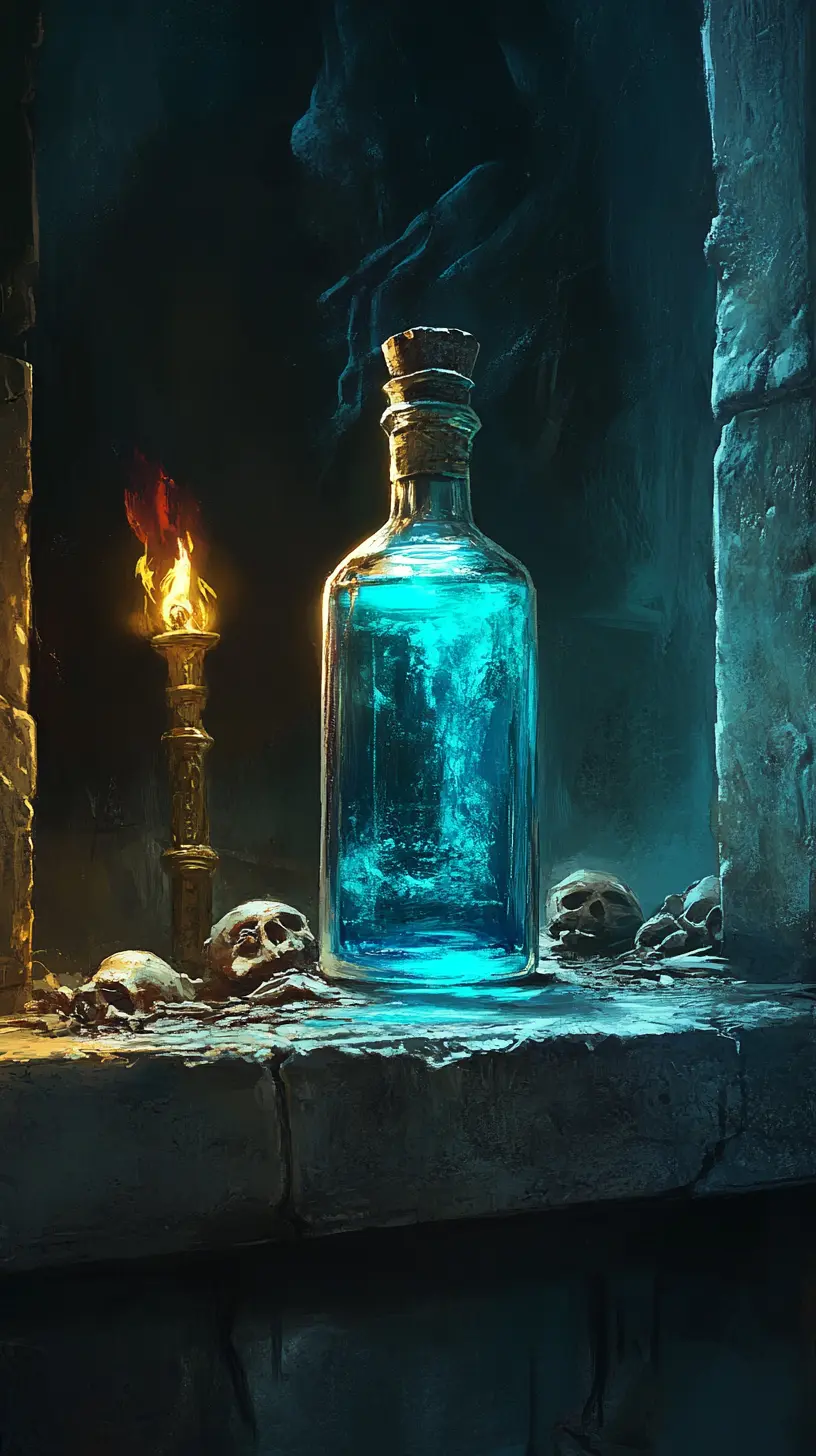
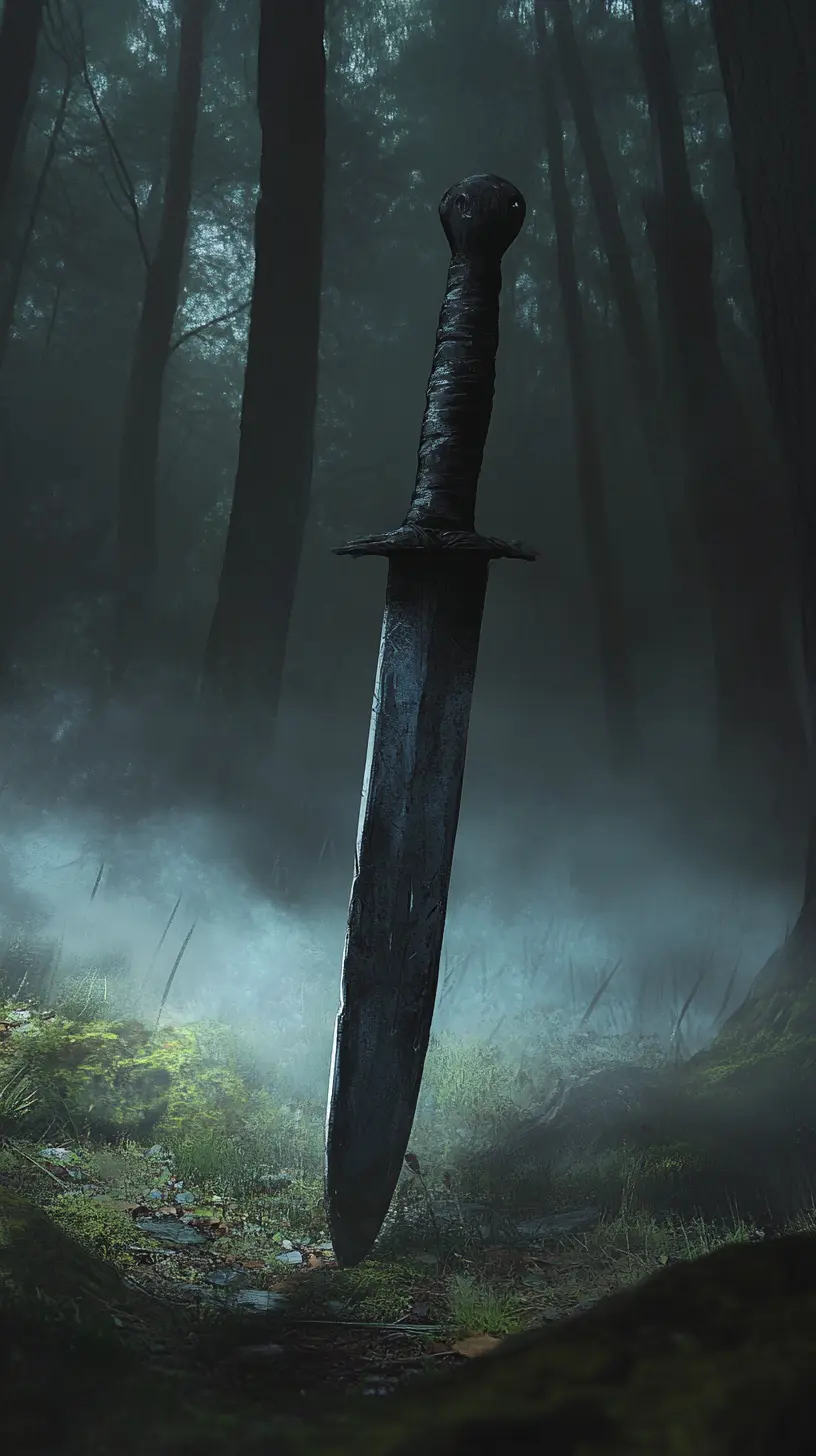
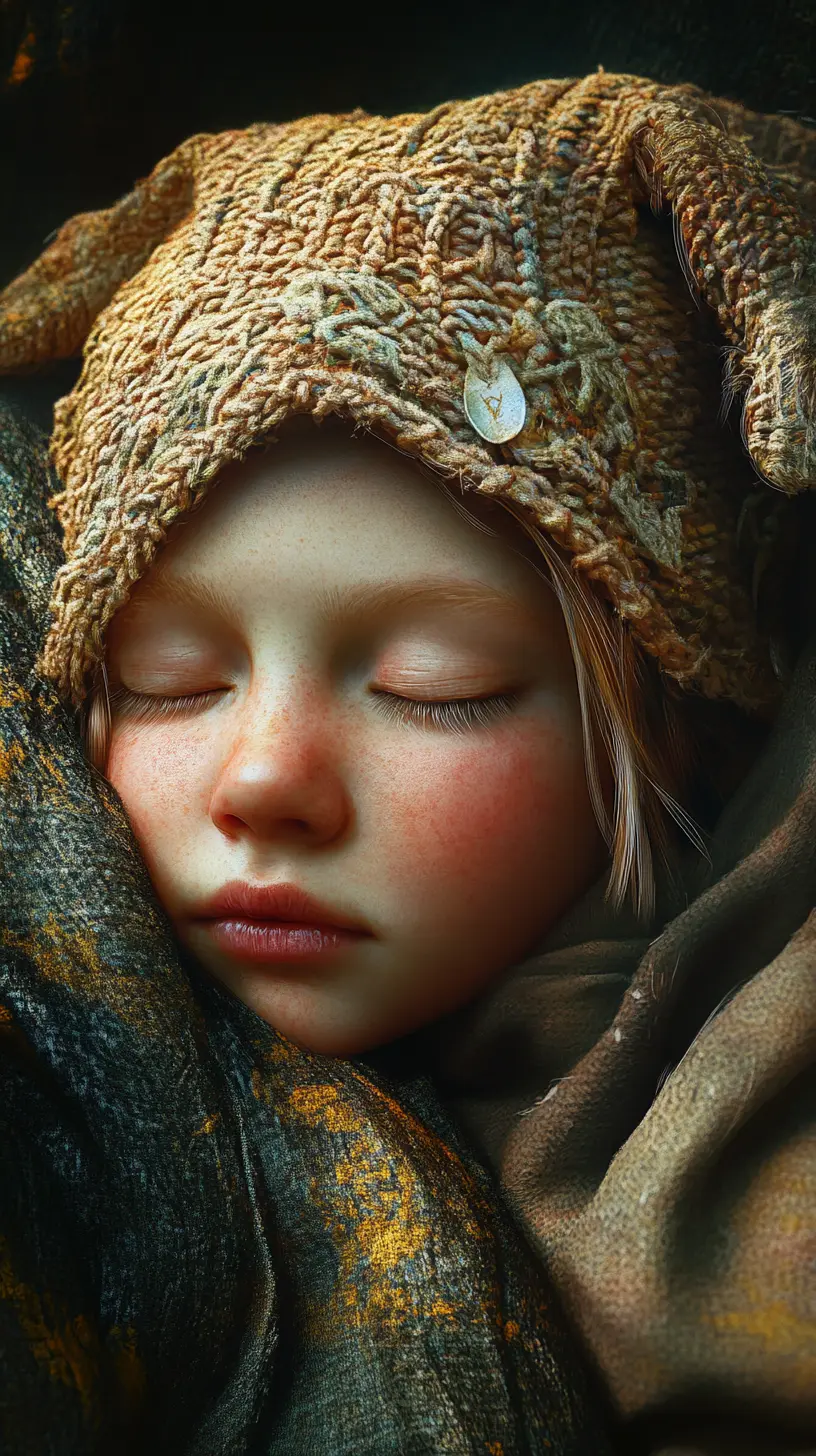


This is great. I love all the different rituals, though ironlancing still makes me cringe to think about.
Explore Etrea | WorldEmber 2025
Thank you! At least ironlancing is the most brief of them :')
welcome to my signature! check out istralar!